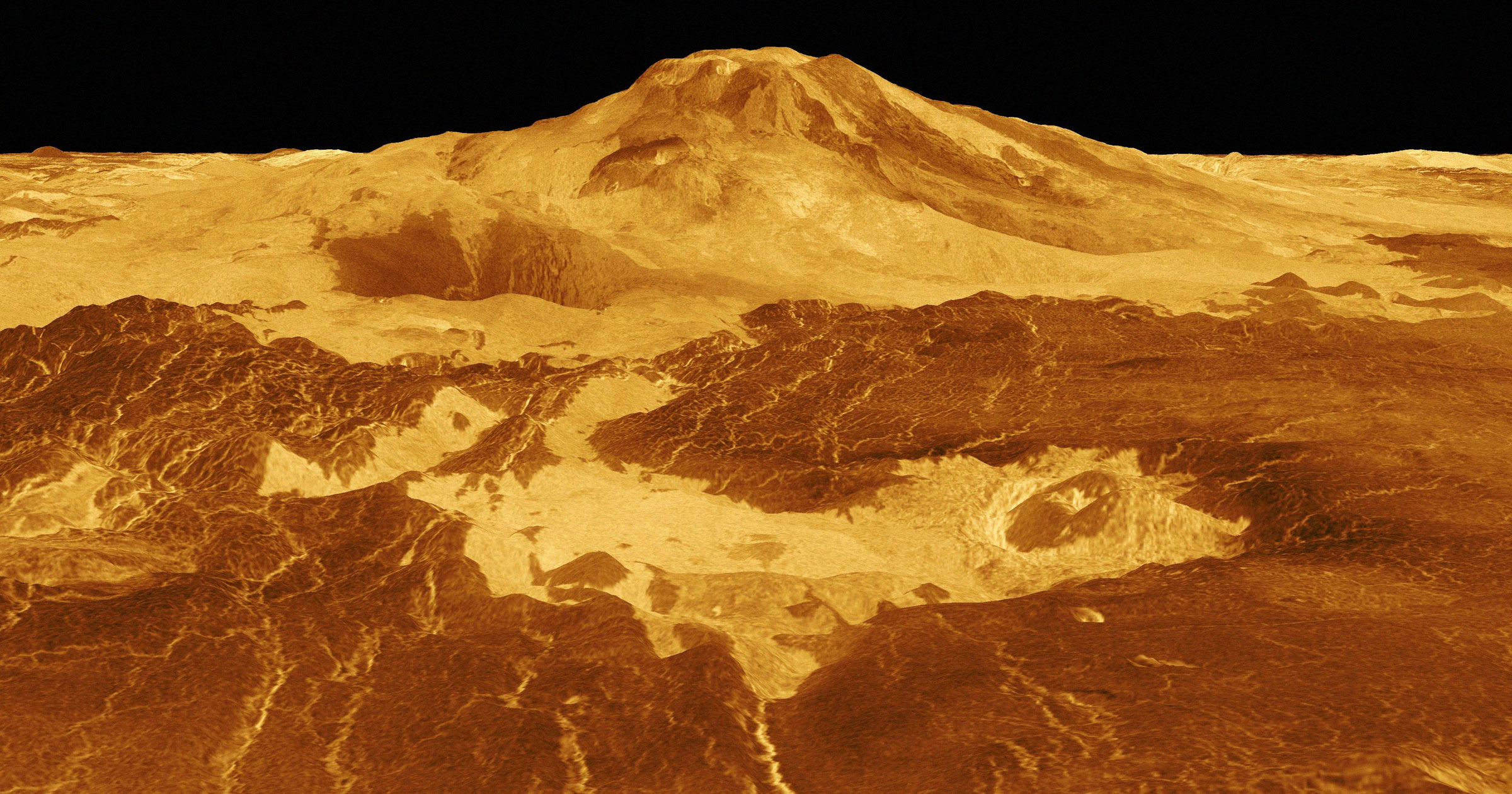Recent research has confirmed the existence of extensive underground lava tubes on Venus, challenging previous assumptions about their formation and scale. Scientists have long studied similar structures on the Moon and Mars, but the findings on Venus reveal that these tunnels may be even larger than those observed elsewhere in the solar system.
The study, led by Barbara De Toffoli from the University of Padova, was presented at the Europlanet Science Congress in early March 2023. Researchers found that the volcanic landscape of Venus features massive subterranean cavities that appear to be a result of lava flow, similar to those found on the Moon, despite Venus having a gravitational pull more akin to Earth.
Understanding the Lava Tubes on Venus
Previous observations of Venusian geology indicated potential lava tubes, but confirming their existence required more robust evidence. The research team provided what they describe as the “first compelling evidence” for these structures. Their findings show that the pits are strategically located near large volcanoes, and their arrangement aligns with the slopes of the terrain, consistent with lava flowing on an inclined surface.
De Toffoli noted, “Earth lava tubes have smaller volumes, Mars tubes have slightly bigger volumes, and then the Moon’s tubes have even bigger volumes. And then there’s Venus, completely disrupting this trend.” This unexpected result suggests that other geological factors may be at play on Venus, influencing the size and formation of these lava tubes.
The researchers employed modeling techniques to analyze these cavities, determining that they likely formed from the upper layer of a lava flow, with molten lava draining below and leaving behind hollow conduits. The team emphasized that the extreme heat and high pressure on Venus could facilitate the growth of these tubes to an unprecedented scale.
Implications for Future Research
The implications of these findings extend beyond mere curiosity about Venusian geology. The characteristics of the identified lava tubes suggest that Venus could possess some of the most extensive subsurface cavities in the solar system. This revelation may enhance our understanding of the planet’s thermal and tectonic evolution, shedding light on its past and present conditions.
Looking ahead, the team has called for the European Space Agency’s upcoming EnVision mission to include a detailed survey of these features. The probe is slated for launch in late 2031 and aims to explore the differences between Venus and Earth, providing further insights into the planet’s enigmatic environment.
As researchers continue to unravel the mysteries of Venus, the discovery of these lava tubes marks a significant step in planetary science, opening avenues for future exploration and understanding of our celestial neighbor.





































































